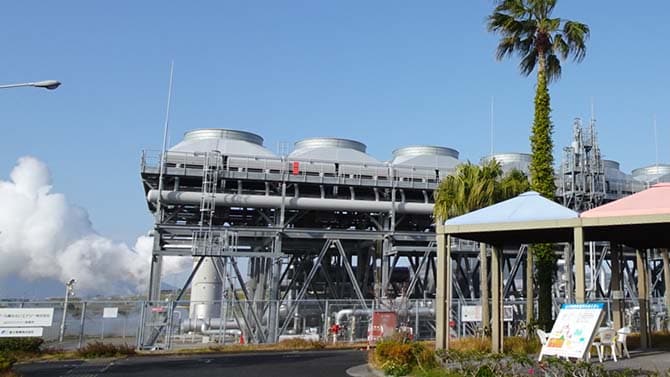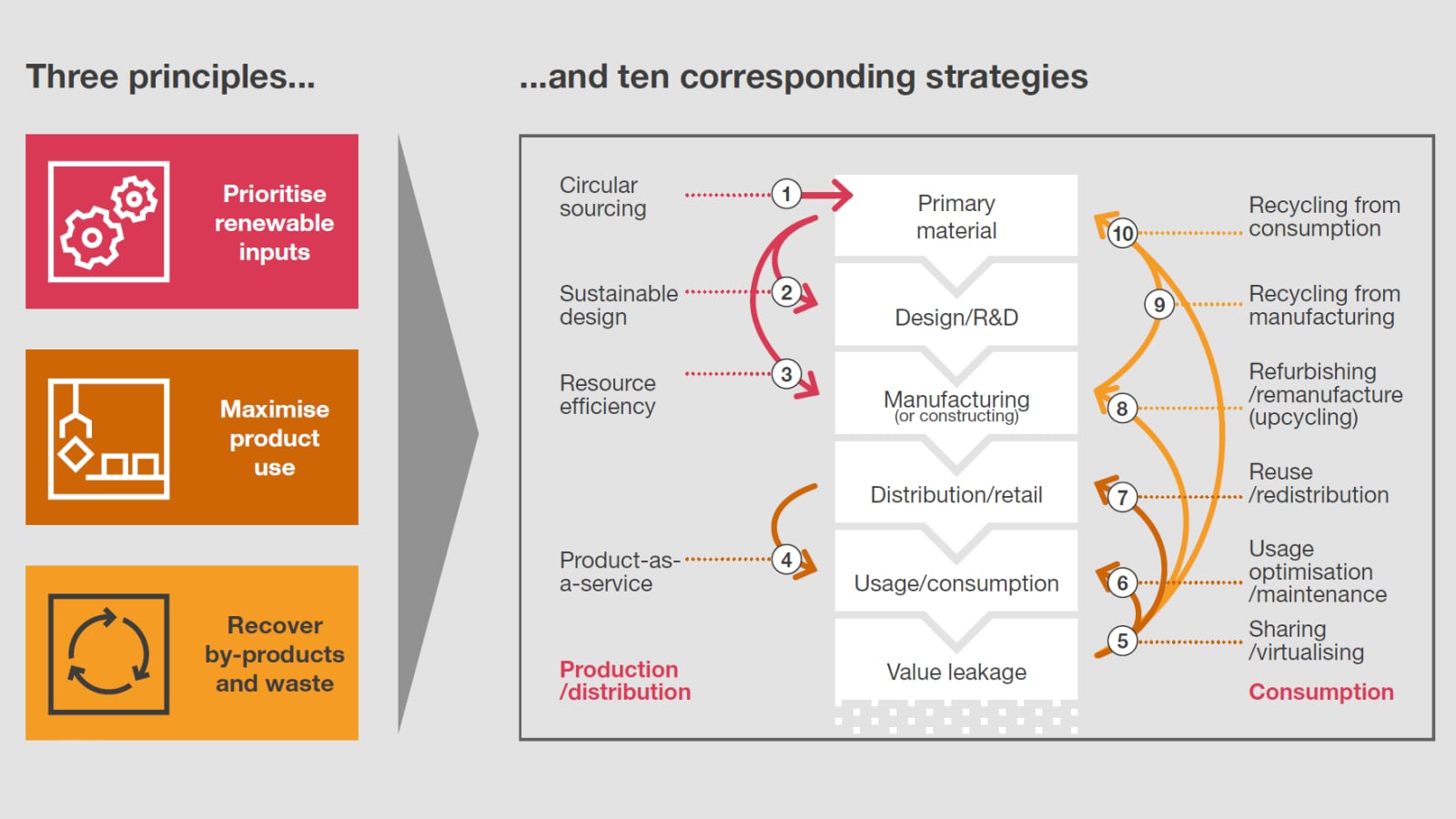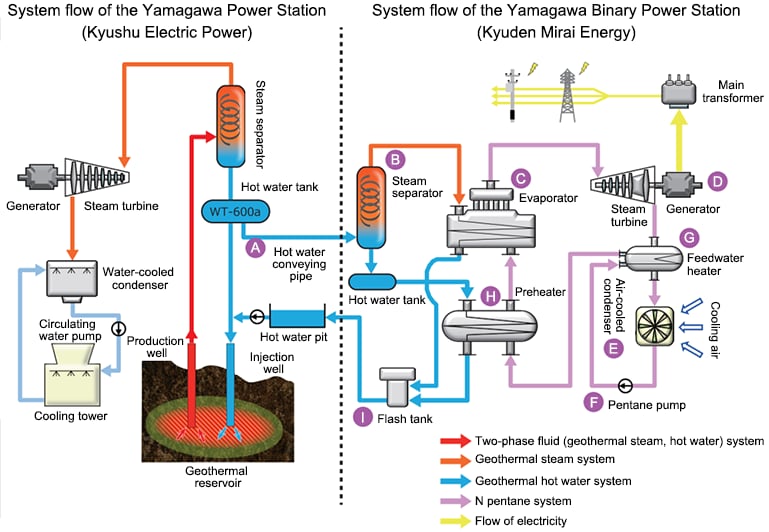
Realising a carbon-neutral society and regional revitalisation - Sustainable town planning using regional resources (Initiatives of Ibusuki City, Kagoshima Prefecture)
2022-04-21

Declining population, falling birth-rates and an ageing population are major social issues in Japan, and the government has called for regional revitalisation, especially since the beginning of the second Abe administration in December 2012. Some movements have begun to create an autonomous and sustainable society that takes advantage of regional characteristics. At the same time, however, the challenge of achieving carbon neutrality by 2050 must also be met, making regional development increasingly difficult. In this article, we look at the efforts of Ibusuki City in Kagoshima Prefecture, which is aiming for regional development using geothermal power generation, and consider how to implement sustainable town planning by using regional assets.
The present and future of Kagoshima Prefecture
Miki Edamoto, Senior Manager, PwC Consulting LLC started working remotely from my hometown in Kagoshima in 2021. I was able to rediscover a variety of the area’s charms, including tourism resources such as hot springs and rich nature, various foods that are said to be the best in Japan, rich historical heritage and connections to historical figures such as the samurai Saigo Takamori, kind and warm communities and unique industries that utilise regional resources. At the same time, however, the rapidly falling birth-rate and ageing population are serious issues in Kagoshima, with senior citizens accounting for more than 30% of the total population. Moreover, I feel the frequency of natural disasters such as typhoons and earthquakes is increasing, perhaps as a result of climate change. Through these experiences, I began to think more deeply about the wellbeing of myself and the local residents and the ideal future state of town planning.
Redefining capitalism and the possibilities offered by the circular economy
The COVID-19 pandemic has created a crisis in the social economy and given us the opportunity to redefine capitalism. Economic growth under capitalism has no end and people are always competing for lasting growth. Measures to restrict human mobility aimed at curbing the spread of COVID-19 have slowed economic activity and had a significant impact on people's wellbeing. Although technological advances have led to the rise of services that transcend time and space constraints, such as virtual reality (VR), augmented reality (AR) and metaverse technologies, people always yearn for physical connections and will begin to move again, thereby creating a negative loop of rebounding CO2 emissions and the re-emergence of COVID-19. Is it possible to achieve economic growth that is friendly to both people and the earth?
At PwC, we’re focussed on the circular economy as one key to solving sustainability issues such as climate change, biodiversity and the need for improved resilience. The circular economy refers to a cyclical economic model that turns various forms of waste into value, and we believe that businesses in the energy, utilities and resources sectors have the potential to play a major role in its development. By taking on challenges with circularity as a fundamental principle, we believe that new business models that provide high added value and competitive advantages can be created.
Figure 1: Circularity principles and strategies

Source: PwC, ‘The road to circularity’ (2019)
The environmentally advanced city of Amsterdam in the Netherlands published its ‘Amsterdam Circular Strategy 2020-2025’ in June 2019, with the ambitious goal of becoming ‘100% circular’ by 2050. The centrepiece of their strategy is British economist Kate Raworth's 'doughnut economics' model. This model compares sustainable living to the shape of a doughnut, with the social foundation inside the doughnut hole and the ecological ceiling outside the doughnut, and states that people can live safely and securely in a doughnut-shaped space between the social foundation and the ecological ceiling, with no environmental excesses or social deficiencies. This model has received a great deal of attention as a theory for improving the wellbeing of people and maintaining social equity.
Figure 2: Doughnut economics

Source: City of Amsterdam, ‘The Doughnut of social and planetary boundaries’ (https://www.amsterdam.nl/en/policy/sustainability/circular-economy/)
Circular economy in the ‘hot spring city’ of Ibusuki
Ibusuki City in Kagoshima Prefecture is a case study in the doughnut economics model that aims to realise a circular economy by using geothermal energy.
With over 1,000 sources of hot springs in Ibusuki, the majority of the 2,753 sources in Kagoshima Prefecture (the second largest in Japan), the city can be regarded as a 'hot spring city' with rich hot spring resources.
Ibusuki is rich in unique and historic hot springs, from hot springs on the site of the former villa of the Shimazu family, who ruled the Satsuma clan during the Edo period (1603-1867), to communal bathhouses for the local residents. The hot spring water is not only used for bathing and drinking in public bathhouses, lodging facilities and private homes, but is also used for tropical plant cultivation, salt manufacturing and geothermal power generation.1
Binary power generation, which uses heat from underground hot water or hot springs at temperatures below 150°C, has gained attention as a means of effectively utilising geothermal resources due to lower entry barriers than geothermal power generation. There are two binary power plants in Ibusuki.
One is the Yamagawa Binary Power Station, which uses hot water that cannot be used for power generation at the Yamakawa Geothermal Power Plant and is returned to the ground (reinjected hot water) to heat a medium with a low boiling point (pentane) to evaporate, and uses the steam to turn a turbine to generate power. The power station started operation in February 2018 and has a maximum output of 4.99 megawatts (MW), making it one of Japan's largest binary power plants.2
The other is the Medipolis Ibusuki power station. Medipolis Ibusuki is a resort-style residential proton cancer treatment facility built on the site of a former recreation facility built with pension funds, which has treated over 4,000 cases since 20113. As particle beam accelerators and other equipment used for cancer treatment require large amounts of electricity, the facility’s management decided to build the power station in order to offset the costs by selling electricity generated from the geothermal heat of the hot springs. The power station has been in operation since February 2015 with an output of 1.5 MW, which is equivalent to the electricity used by approximately 2,500 households. It has also contributed to reducing CO2 emissions by 3,000 tonnes per year, equivalent to the emissions from 1,300 regular passenger cars.4 In addition, surplus steam from the hot spring source is used to grow mangoes and mushrooms in greenhouses, which are sold to hotel restaurants and nearby supermarkets, as well as via the internet.
Figure 3: Structure of Yamakawa Binary Power Generation

Source: Kyushu Electric Power Company (https://www.kyuden.co.jp/var/rev0/0322/1052/s3y1c68m9g.pdf)
Sustainable town planning using regional resources
In January 2022, several local news outlets reported that a new geothermal power station would be built at Kurinodake Onsen in the Kirishima region, a popular hot spring resort as famous as Ibusuki. According to the news report, the power station plans to open in 2024 with a maximum output of 4,990 kilowatts (kW), and that cottages with camping, glamping and open-air baths will also be built in the vicinity, as well as a tourist facility where people can experience agriculture. This development comes amidst recent management challenges for hot spring facilities, such as an ageing and decreasing number of users, rising fuel and utility costs, ageing facilities and equipment, and a lack of successors, which have caused many hot springs in Kagoshima Prefecture have closed down.
However, we expect the popularity of teleworking and workcations to continue to increase in the future due to changes in values brought about by the COVID-19 pandemic and the promotion of flexible working styles. And the co-location of a binary power station and medical, tourism and recreational facilities will help to bring reasonable and sustainable earning capabilities to the community as a promising location for such remote work. For example, the income generated from power generation could be used to introduce community buses to provide transport for local residents and to operate mobile supermarkets, banks, clinics, schools, public bathhouses and so on. These would not only increase convenience for residents, but also serve a ‘neighbourhood watch’ function and be a means of creating a safe, secure and vibrant city.
PwC’s new global strategy, The New Equation, aims to realise a future that is human-led and tech-powered. By combining human ingenuity with technology, we help our clients achieve faster, more intelligent, and better results whilst building trust across the value chain.
Please contact us for more information on sustainable urban development that realises the wellbeing of local residents by using regional resources in a carbon-neutral society.
For more information on the circular economy, see the PwC report ‘Taking on tomorrow: The rise of circularity in energy, utilities, and resources’.
1 Ibusuki Archaeological Museum. Come to Ibusuki, the City of Hot Springs: World-class Seaside Hot Springs in Ibusuki.
2 Press release by Kyushu Electric Power Company:
http://www.kyuden.co.jp/press_h180223b-1.html
3 Mediplos brochure:
http://medipolis-ptrc.org/pdf/mediolice_pamphlet_202112.pdf
4 Working Group on Regional Revitalization Using New Energy, Japan Economic Research Institute, ‘Providing advanced cancer treatment overseas and regional reconstruction through geothermal power generation’:
https://www.nikkeicho.or.jp/new_wp/wp-content/uploads/handout04.pdf
Our Team
Miki Edamoto
Director, PwC Consulting LLC

